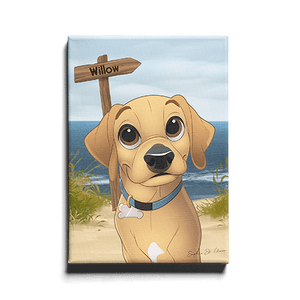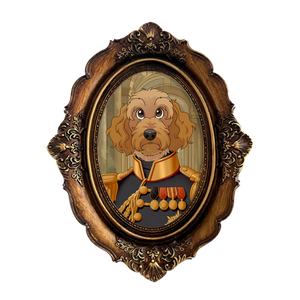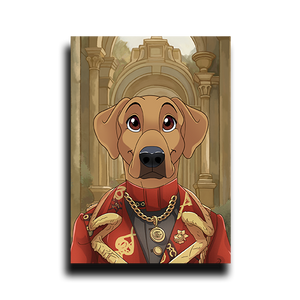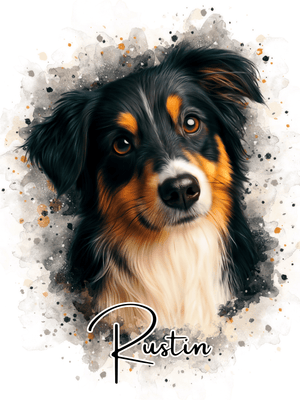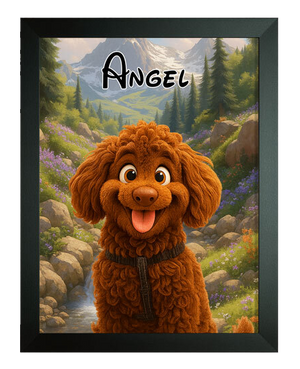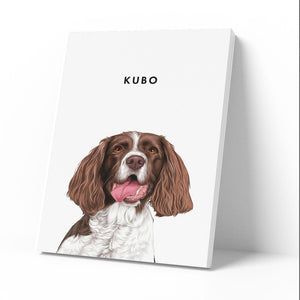Can I Tickle My Dog?
Have you seen your dog becoming ticklish with its legs kicking uncontrollably when you scratch its good spot? For us, humans, tickling usually means lightly touching a person in a way that causes itching and often uncontrollable laughter. But what does tickling mean for dogs? Do they like being "tickled"? Doggie belly rubs often cause your dog to squirm and jiggle with delight, and touching a specific location on your dog can cause a hind leg to kick out in pleasure.
According to psychologists Arthur Allin and G. Stanley Hall, there are two types of tickling sensations. Knismesis is a very light tickling sensation that gives us goosebumps. Dogs and other animals commonly experience this, and knismesis helps them keep parasites and other insects from attaching to their skin. The other form of tickling is known as gargalesis, which is a more intense tickling that makes humans laugh uncontrollably. However, there is still not enough evidence that dogs experience this.
Can my dog laugh?
Most dog owners would have probably experienced seeing their dogs laugh. Yes, this could be true, but most likely, the "dog laugh" that we hear is a panting sound. According to Stanley Coren PhD, DSc, FRSC in an article for Psychology Today, animals are capable of laughing to ticklish sensations. But dogs have another version of their laugh. The "dog chuckle" is usually a panting, breathing sound heard while dogs play and enjoy themselves. So, if your dog laughs, it's more than likely their play-laugh, signaling that they're having fun with what they're doing.
Since dogs are pretty sensitive, they respond to all forms of touch. Just be careful not to over-tickle your dog as it could lead to severe scratches or skin inflammations. Moreover, if you see that your dog is constantly scratching a particular area in their body, they may be suffering from skin allergies or other conditions. Consider taking them to the vet for further diagnosis.
Where do I tickle my dog?
Dogs have different personalities. And because of this, they will have different tickle spots as well. According to Caroline Springs Veterinary Hospital in Victoria, Australia, dog feet are infinitely sensitive and ticklish than human feet. This paw sensitivity explains why most dogs don't want nail trims.
Dogs love tickling behind their ears, between their front legs, and along their tummy! Notice that when you lightly scratch your dog in these areas, it can respond with a kneejerk reaction. The sides of their ribs are also an excellent place to try (My dog Asher loves rib scratchies!). You've found the paw-fect tickle area when you detect that scratch response.
What if my dog doesn't want to be tickled?
Some dogs love random scratchies, but others are not comfortable with them. Just like us humans, dogs have a wide range of personalities and preferences, so make sure to keep an eye on your dog's reaction to tickles. Some obvious signs that your dog loves tickle time are when it wags its tail, rolls over its bellies, and has a grinning smile. Pets who don't enjoy tickles will respond with gnarling, flinching, or pulling away.

